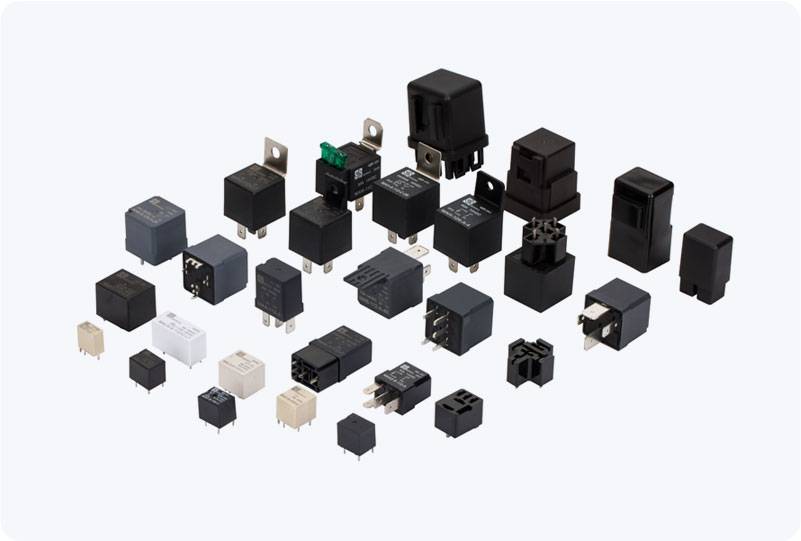Solid State Relays (SSR) have become a crucial component in modern electronic control systems. Unlike their mechanical counterparts, which use physical moving parts to open and close circuits, SSRs rely on semiconductor components to perform the switching action. This key difference brings several advantages, making SSRs ideal for a wide range of applications in industries such as automation, temperature control, and lighting systems.

What is a Solid State Relay? At its core, a Solid State Relay is an electronic switching device used to control high-power electrical devices without moving parts. The SSR typically consists of a control input (usually low voltage), an optical isolator, and a semiconductor switch. The semiconductor elements—such as thyristors, triacs, or MOSFETs—allow current to flow when activated by the control signal. These components are electrically isolated from the load side, which prevents direct electrical connection between the low-voltage control side and the high-voltage load side, ensuring safe operation.